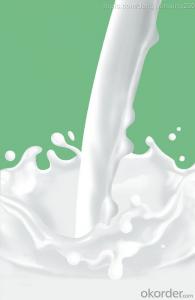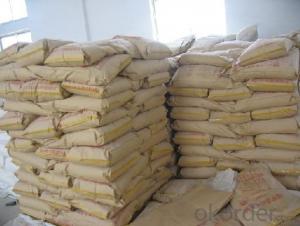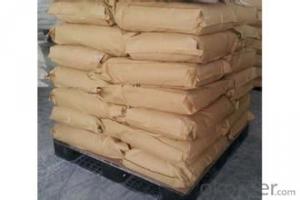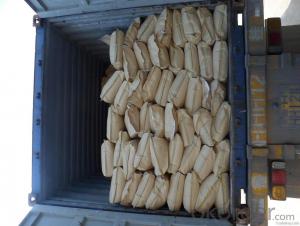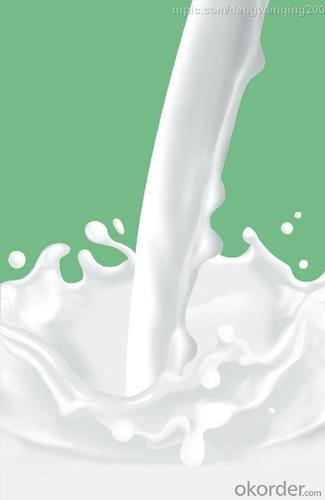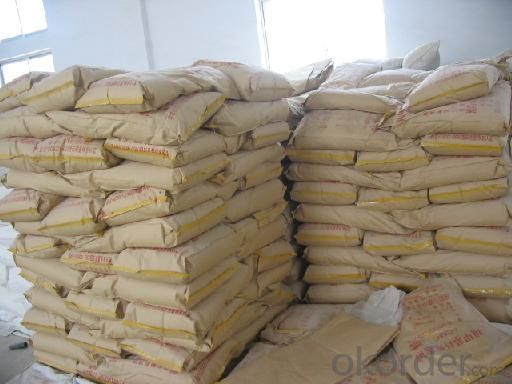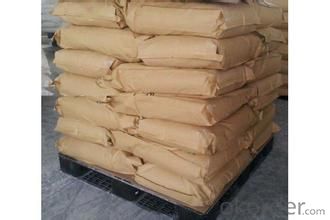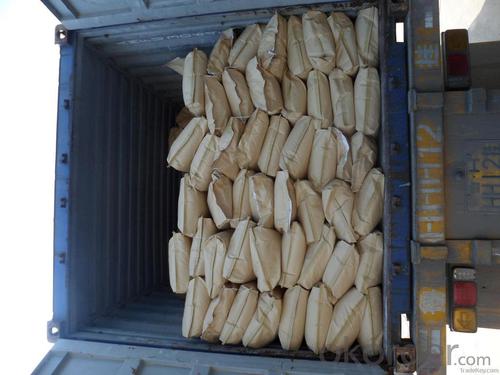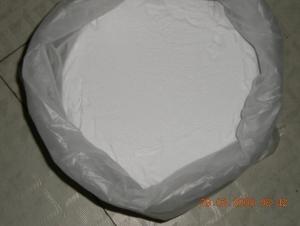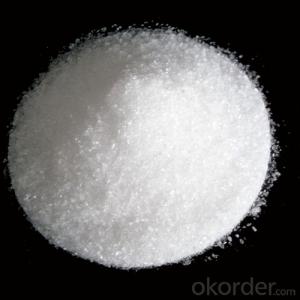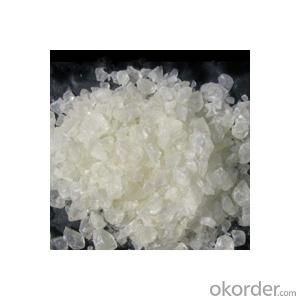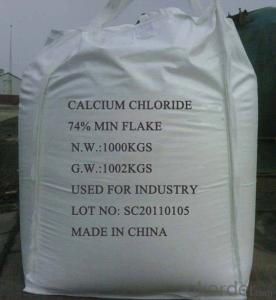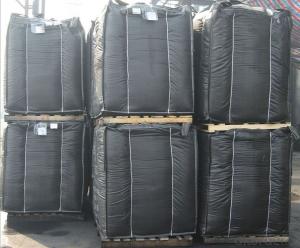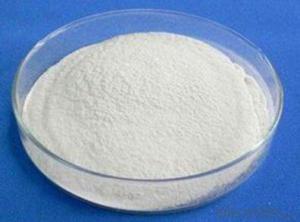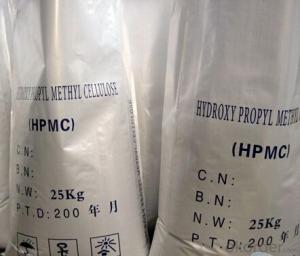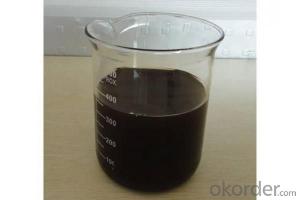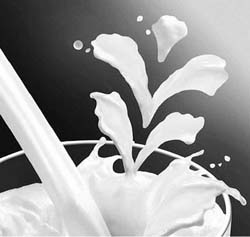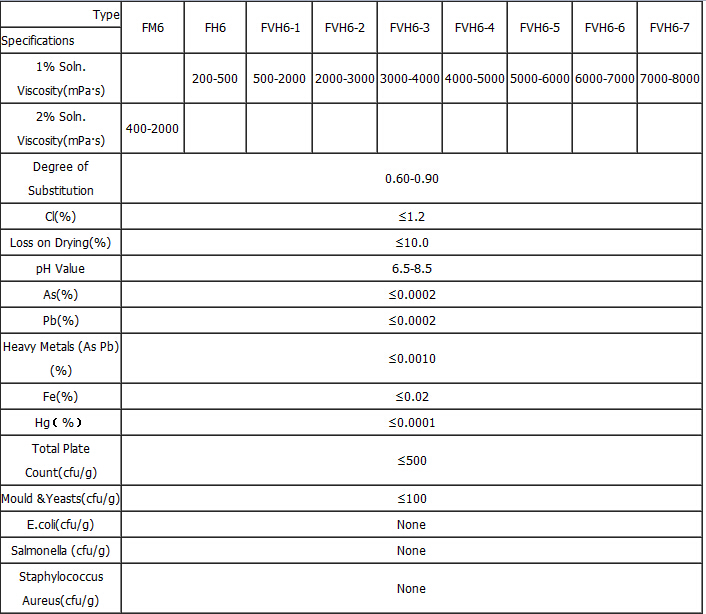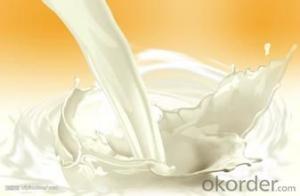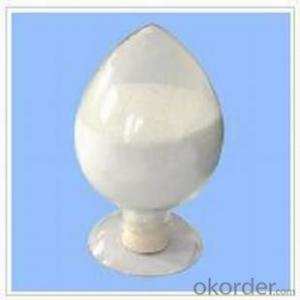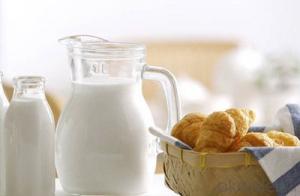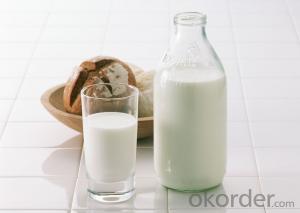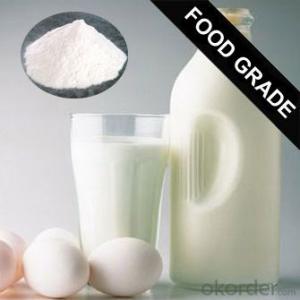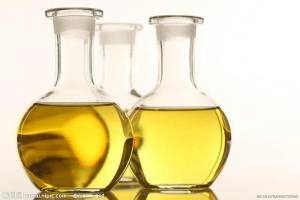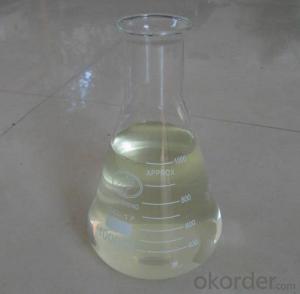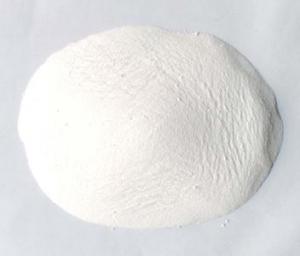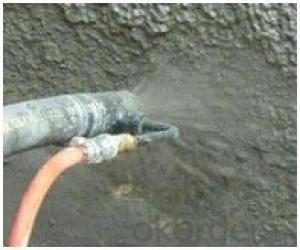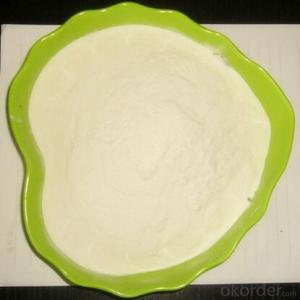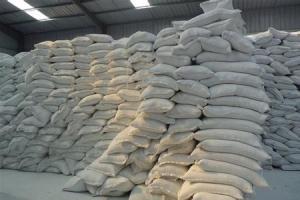Food Grade CMC Carboxymethyl Cellulose FVH6-A2
- Loading Port:
- Shanghai
- Payment Terms:
- TT OR LC
- Min Order Qty:
- 20 m.t.
- Supply Capability:
- 8000 m.t./month
OKorder Service Pledge
Quality Product, Order Online Tracking, Timely Delivery
OKorder Financial Service
Credit Rating, Credit Services, Credit Purchasing
You Might Also Like
| Food Grade CMC Used as additive in food field, CMC has the functions of thickening, suspending, emulsifying, stabilizing, shaping, filming, bulking, anti-corrosion, retaining freshness, acid-resisting, health protecting, etc. It can replace the application of guar gum, gelatin, agar, sodium alginate, and pectin. It is widely used in modern food industry, such as frozen food, solid drink, fruit juice, jam, lactic acid drinks, condiment, biscuit, instant noodles, bakery products, meat products, etc. Our food grade CMC has good thickening property, water retention, dispersion stability, filming and chemical stability. It has high viscosity even in low concentration, and makes the food taste delicate and smooth; it can reduce the syneresis of food and extend the shelf life; it can control the crystal size in frozen food and prevent the stratification between oil and water; In acid system, our anti-acid products have good suspending stability, so it can improve the stability of milk and the impedance ability of protein; our CMC can be used together with other stabilizers and emulsifiers to complement each other, strengthen each other’s effect and reduce the cost. |
|
Technical Specifications of Food Grade CMC(1)
|
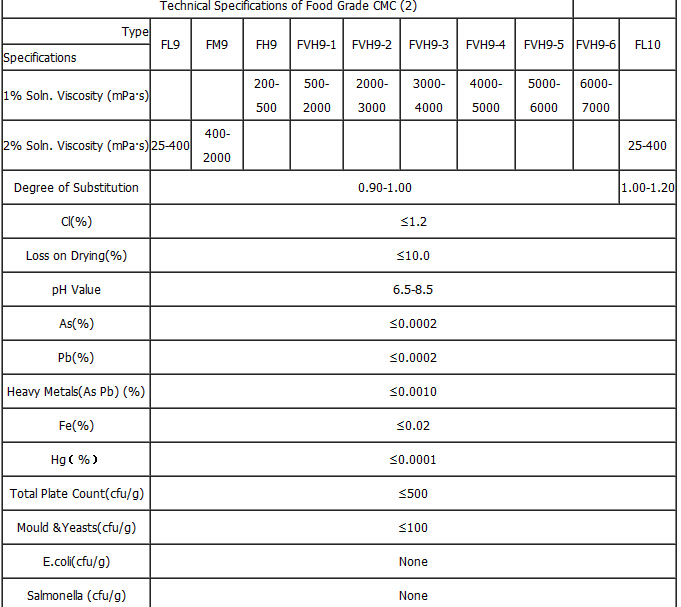 |
- Q: what is the difference between additive sculpture and relief sculture?
- It's not either/or, one's a technique, the other is a type of sculpture. Additive means to add (like with water or oil clay), Subtractive means to subtract (like with Marble or Foam). A relief is basically a sculpture you can mount on the wall, like you would a painting, only it's much heavier, obviously. It has one side, usually. Unless ofcourse you use coin money as an example, which are 2-sided reliefs technically. You can use the additive sculpting technique to make a relief (or not), you just have to make a mold most likely. That's why I wanted to clarify that you didn't ask an either/or question.
- Q: There is a lot of additives that think of the taste (open cup) instant noodles. What will it eat? Has been eating for two days (morning).
- Additives such things, really harmful to the human body. But you only eat two cups of instant noodles will not hurt what the body, this additive is after a long long into the human body may find toxic. The amount of additives will not soon cause discomfort, after all, you have to excrete, toxic substances will be discharged with the body, as row row row less, to see how your metabolism. If you think a lot of additives, to stop using it, and now the food is not good to say it, after all, there are preservatives instant noodles ... ...
- Q: If you can give me a link to a resource where I can watch the Documentary or even just a title. A documentary made by the major organizations (e.g. Discovery and National Geographic) would be highly appreciated.Anything about food additives. MSG, food coloring, preservatives taste enhancers etc.
- The only thing (besides SuperSize Me) that comes to mind is a series on PBS called Harvest of Fear. They touched on food additives but it was mostly focused on genetically modified foods/cross-engineering crops foods.
- Q: For my art class I need to make an additive construction.What exactly is additive? Also what materials should I use?The professor used wood + clay, wood + paper as examples, but I‘m not really feeling those.It‘s supposed to be made out of more than one material. And I have no idea what to create.
- the construction which clubs all is additive construciton
- Q: Fried cake and noodle additives are what
- Both fried cake and flour additives have leavening agents.
- Q: -5/10, 13/6, -4/1Please Explain how to give these fractions a multiplicative and additive inverse! Help!
- multiplicative inverse is the same as reciprocal. It is what you multiply the fraction by to get 1. -5/10 ---- -10/5 13/6 ---- 6/13 -4/1 ---- -1/4 additive inverse is what you add to get 0, so basically it is just the opposite sign: -5/10 ---- +5/10 13/6 ---- -13/6 -4/1 ---- +4/1 that's it! ;)
- Q: Thanks!
- This Site Might Help You. RE: What is the additive inverse of -a/2? Thanks!
- Q: i‘ve been having problems with my car not starting for almost a year.i‘ve taken it to a mechanic and he kept it for about 3 days and said he couldn‘t find anything wrong with it.he did replace a module that he said might be the problem.that didn‘ t fix it.one day at the gas station i decided that i would try some fuel additive when i got gas.i repeated the gas treatment about 2 to 3 more times and while i was doing that i never had a problem with the car starting.i then refueled without an additive.i drove it a few days and then it wouldn‘t crank again.i went over 3 weeks without having a problem.i went to the store and bought some sea foam cleaner/ additive and in a few hours the car startedall of this is a mystery to me.someone please help me figure out what might be the problem.i have done numerous searches online for this problem uld it be something in my gas tank? a blockage? fuel pump?
- This is really strange. Fuel additives don't really do all that much. They have some detergents that help clean injectors and valves but that is about it. You need to start eliminating possibilities. You only need 3 things for the car to run. Air, fuel and spark Air is not an issue. the engine can pretty much always get enough air unless there is a squirrel in your throttle body. Air going out may be an issue if your catalytic converter has melted down and won't let exhaust pass through. aside from that not likely anything wrong there. Start with fuel. When the car isn't starting, spray some ether ( starting fluid) into the intake. If it starts up you probably have a fuel delivery problem. Start by checking your fuel filter. Cheap and basic maintenance anyway. Then check the fuel pump if you can access it. Sometimes it's inside the tank and you are up the creek. Whatever you put in the tank may have lubricated a bad pump to the extent where it will still work but not very well. Just a guess. If that seems OK, move up to the injectors. Either replace them outright or try and clean them. Just be careful with these. It's easy to mess them up. If you can remove the intake manifold ( pain in the butt) look at the valves for excessive carbon build up that might prevent the car from running. It would have to be really really bad, and it would be obvious. If it still doesn't start you have an ignition problem. Check each plug for spark. remove one at a time, connect it back to the wire and crank the engine. Have someone check for spark. Do for all plugs. If your car has a distributor, replace the cap. It's cheap and easy. Just replace it. If it has coil packs for each plug, you might need to replace one or more of them. They do go bad over time. I hope this is enough to get you started.
- Q: What's the additive inverse of -3.?
- the answer is 3. the additive inverse of a number is the number you add to make the sum equal zero.
- Q: salam alaykum wa rahmatullah wa baraktu brothers and sister..i hve just read that there are some additives in food that areharamlike E120 for examplebut there ar additives in loads of foods how would we know?i know it is haram because of the wrong way of killing and stuff but its difficult to know if something has it .."An expensive red colouring, not suitable for vegetarians as it is extracted from the crushed carcasses of the female Dactylopius coccus, a cactus-feeding scale insect, which are killed by either immersion in hot water or by exposure to sunlight, steam, or the heat of an oven. The variety in the appearance of commercial cochineal is caused by these differing methods. It takes around 70,000 insects to make one pound of cochineal. "
- Haram additives with “E” prefixes E120, E140, E141, E252, E422, E430, E431, E470, E471, E472(a), E472(b), E472(c), E472(d), E472(e), E473, E474, E475, E477, E478, E481, E482, E483, E491, E492, E494. Haram additives without “E” prefixes 120, 141, 160(A), 161, 252, 300, 301, 422, 430, 431, 433, 435, 436, 441, 470, 471, 472(a, e), 473, 474, 475, 476, 477, 481, 482, 483, 491, 492, 494, 542, 570, 572, 631, 635, 920. Source: Islamic Religious Council of Singapore (MUIS)
Send your message to us
Food Grade CMC Carboxymethyl Cellulose FVH6-A2
- Loading Port:
- Shanghai
- Payment Terms:
- TT OR LC
- Min Order Qty:
- 20 m.t.
- Supply Capability:
- 8000 m.t./month
OKorder Service Pledge
Quality Product, Order Online Tracking, Timely Delivery
OKorder Financial Service
Credit Rating, Credit Services, Credit Purchasing
Similar products
Hot products
Hot Searches
Related keywords
